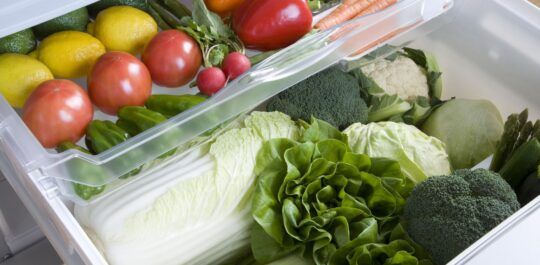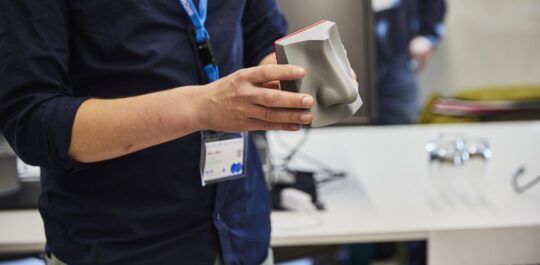AI gathers and applies incredible amounts of information to increase productivity and solve profound challenges facing the world.
Along the way, it’s crucial that AI is itself sustainable, given how much energy it utilizes. Global data centers make up more than 2% of all carbon emissions. This figure could be reduced with improved AI processes, including potentially lowering the amount of data involved in AI training.
Notwithstanding this challenge, the power of AI can be harnessed in a variety of ways to play a fundamental role in sustainable, innovative development.
AI and the Economy
AI is expected to drive growth, with PwC research indicating it could contribute $15.7tr to the global economy and boost GDP in local economies by up to 26% by 2030. At an individual consumer level, AI could drive a range of product enhancements resulting in greater variety and personalization.
As this progress occurs, it will be vital to ensure that these economic benefits are equally distributed. If not, AI also has the potential to increase the gap between the haves and the have-nots of the world.
Harnessing AI for Sustainability
PwC estimates that AI for environmental applications could contribute up to $5.2tr to the global economy by 2030 thanks to AI-infused clean distributed energy grids, more sustainable supply chains, and better weather and environmental monitoring.
We are already seeing the utility value of AI in major environmental projects. EarthScan provides analysis on the likelihood of climate-based shocks, while ClimateView created its ClimateOS platform to help build emissions reductions into city planning. Agriculture is another significant area of potential, with machine learning and farming digitalization having the capability to streamline processes.
An analysis of goals from the 2030 Agenda for Sustainable Development indicates that AI is likely to have both positive and negative impacts. AI could support circular economies and smart cities while increasing productivity and fighting against climate change. At the same time, caution is needed, as AI could easily be used to over-exploit ecosystems through resource extraction.
An Exciting Road Ahead
As AI is increasingly utilized on a range of ambitious projects for people and the environment, it seems clear that the technology will be one of the keys to unlocking a sustainable future. One initiative we’re proud to be part of is smartFoodTechnologyOWL, whose goal is to reduce waste and increase the supply of high quality food by bringing digital transformation to the food industry.
The OWL initiative and smart fridge prototype give us some of the first exciting clues as to how this technology could move things forward.









